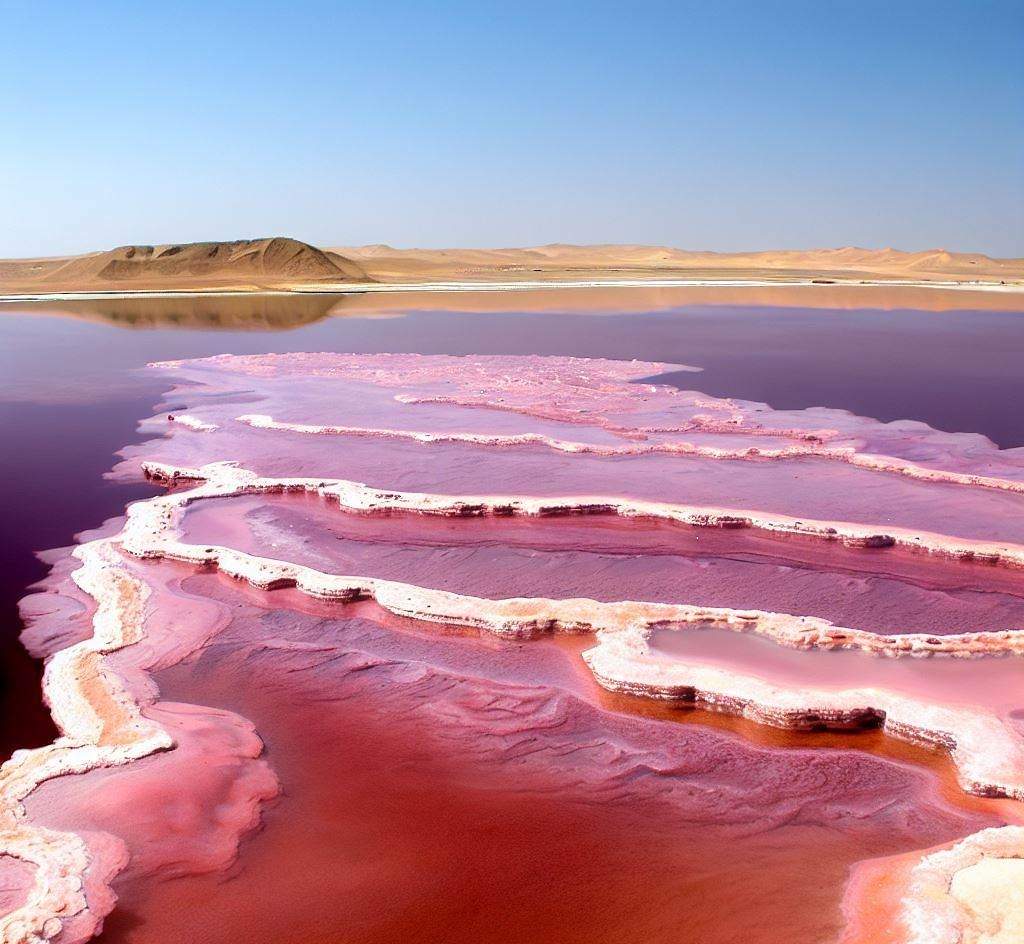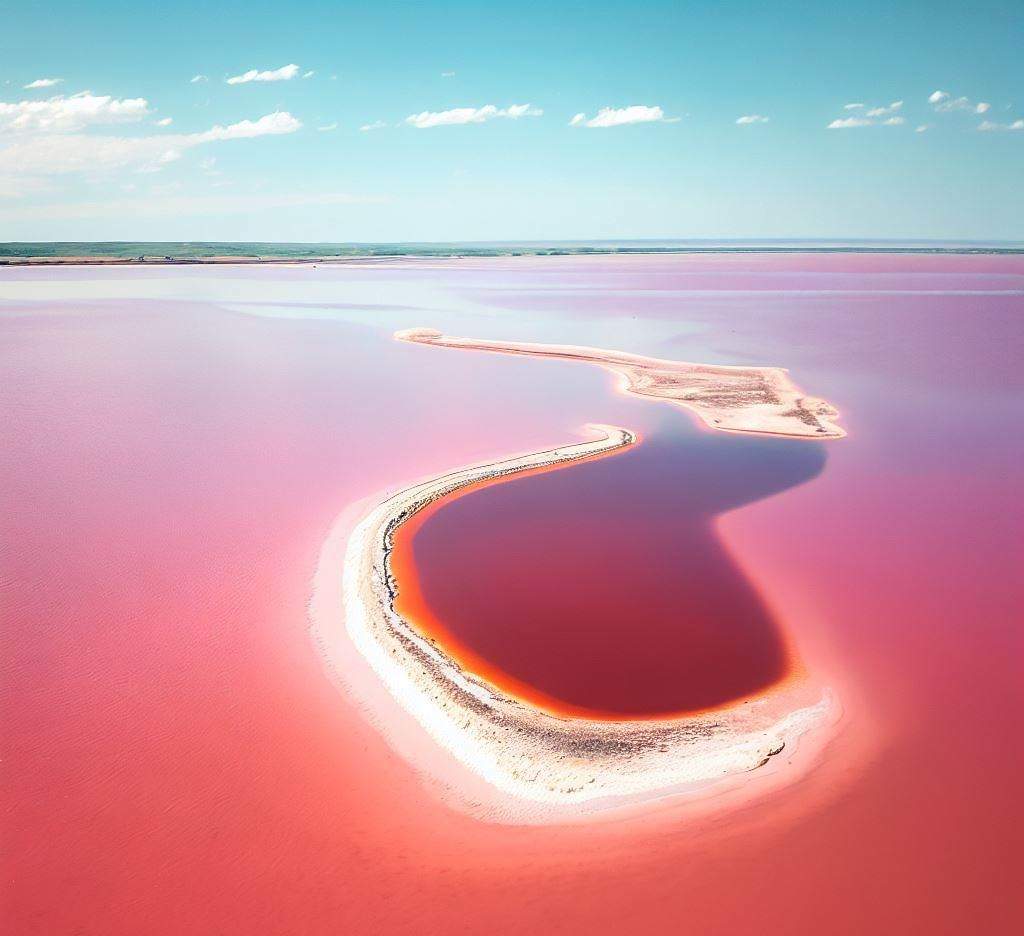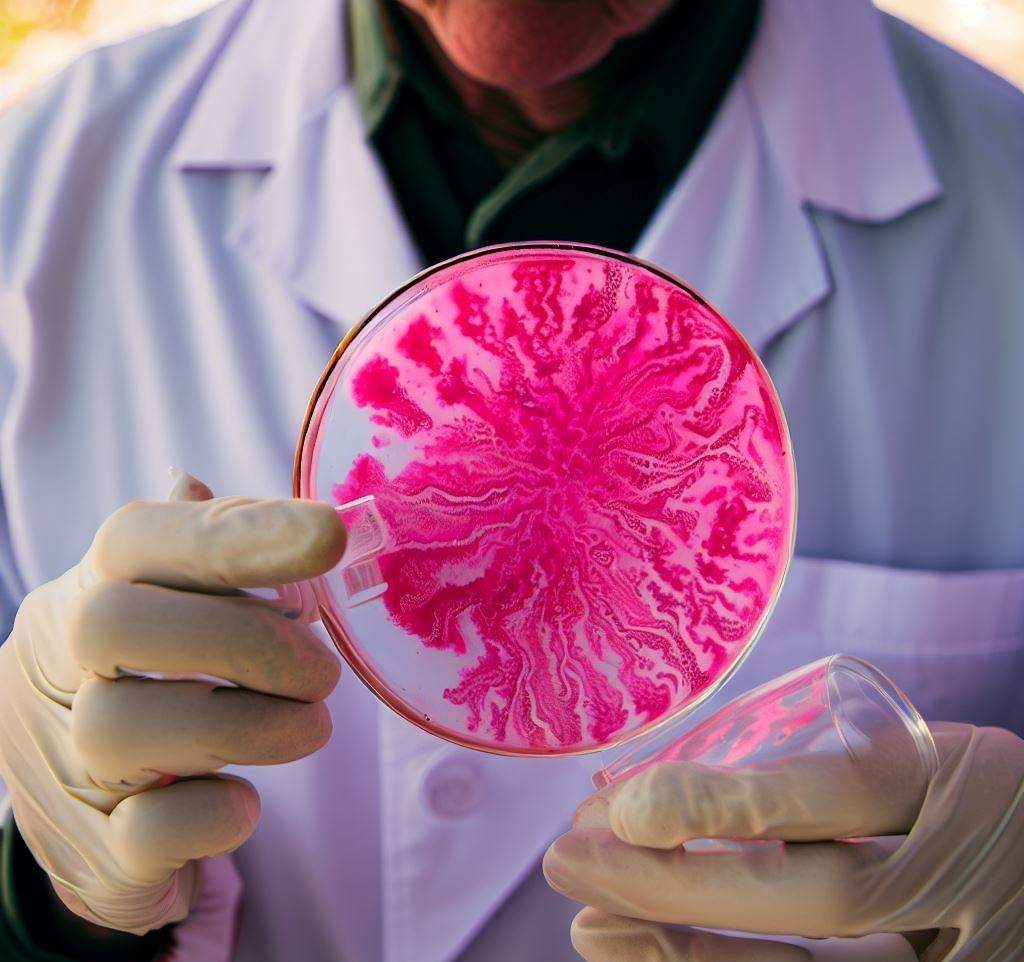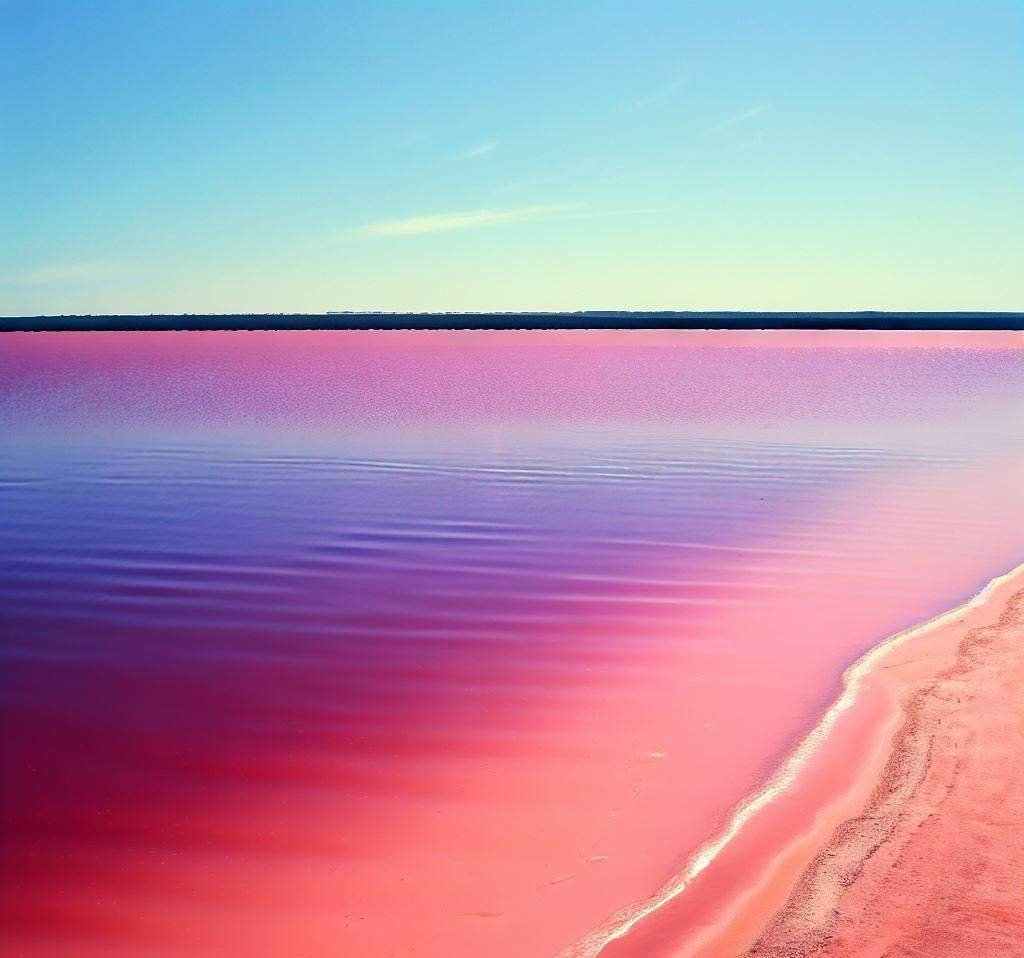Introduction
Australia is a country filled with extraordinary natural wonders, and among its many unique features, the naturally pink lakes stand out as some of the most captivating. These stunning bodies of water, with their alluring pink hues, have become an increasingly popular destination for tourists seeking to experience the wonders of the Australian landscape. One such lake, Lake Hillier, situated on Middle Island in Western Australia, has garnered particular attention due to its vivid and permanent pink coloration. This article will explore the fascinating phenomenon of naturally pink lakes in Australia, their geological origins, ecological significance, and the underlying scientific processes that give rise to their mesmerizing colors.
Geological Origins of Pink Lakes
The presence of pink lakes in Australia can be attributed to the unique combination of several geological factors. First and foremost, the geological composition of the region plays a crucial role. High salinity levels and specific minerals, such as calcium carbonate, contribute to the distinct pink coloration. Additionally, the absence of nearby rivers and streams reduces the water flow, which allows the lakes to retain their striking colors over time.

Lake Hillier: A Pink Marvel
Lake Hillier, situated on the remote Middle Island, is perhaps Australia’s most renowned and celebrated pink lake. This lake spans approximately 600 meters long and is surrounded by dense eucalyptus forests and a strip of dunes. From an aerial perspective, the vibrant bubblegum-pink water contrasts sharply with the surrounding blue ocean, creating a mesmerizing sight.

The Unique Ecology of Pink Lakes
One of the most intriguing aspects of pink lakes is the unusual flora and fauna that thrive in such saline conditions. Certain microorganisms, including Dunaliella salina and Halobacteriaceae, are responsible for the pink coloration. These microorganisms are halophilic, meaning they can survive and thrive in extremely salty environments. When these microorganisms multiply and produce carotenoid pigments, the water takes on its distinctive pink hue. The presence of these microorganisms and their pink pigmentation have led to Lake Hillier being the subject of several scientific studies and ecological investigations.

Scientific Explanation of Pink Coloration
The specific mechanisms leading to the pink coloration of these lakes have been the subject of research and study by scientists and researchers. The phenomenon is generally understood to result from a combination of factors, including high salinity levels and particular types of microorganisms. Additionally, the interaction of sunlight with the pigmented microorganisms also enhances the intensity of the pink color. As a result, the coloration can vary in intensity depending on the time of day and weather conditions.

Tourism and Conservation
The allure of these naturally pink lakes has attracted many tourists worldwide. The tourism industry around Lake Hillier, in particular, has experienced a surge in recent years. While economically beneficial, this increased footfall raises concerns about environmental conservation and sustainability. Strict regulations and guidelines have been put in place to protect the delicate balance of Lake Hillier’s ecosystem and ensure that tourism remains a sustainable venture without causing harm to the environment.

Conclusion
Australia’s naturally pink lakes are truly a remarkable and enchanting phenomenon. Their vivid colors, unique ecological systems, and geological origins continue to intrigue scientists, researchers, and tourists alike. With its striking bubblegum-pink waters, Lake Hillier remains a symbol of nature’s mystery and serves as a reminder of the countless wonders our planet has to offer. As the interest in these pink lakes grows, it is essential to balance tourism and conservation to preserve these marvels for future generations to marvel at and study.










